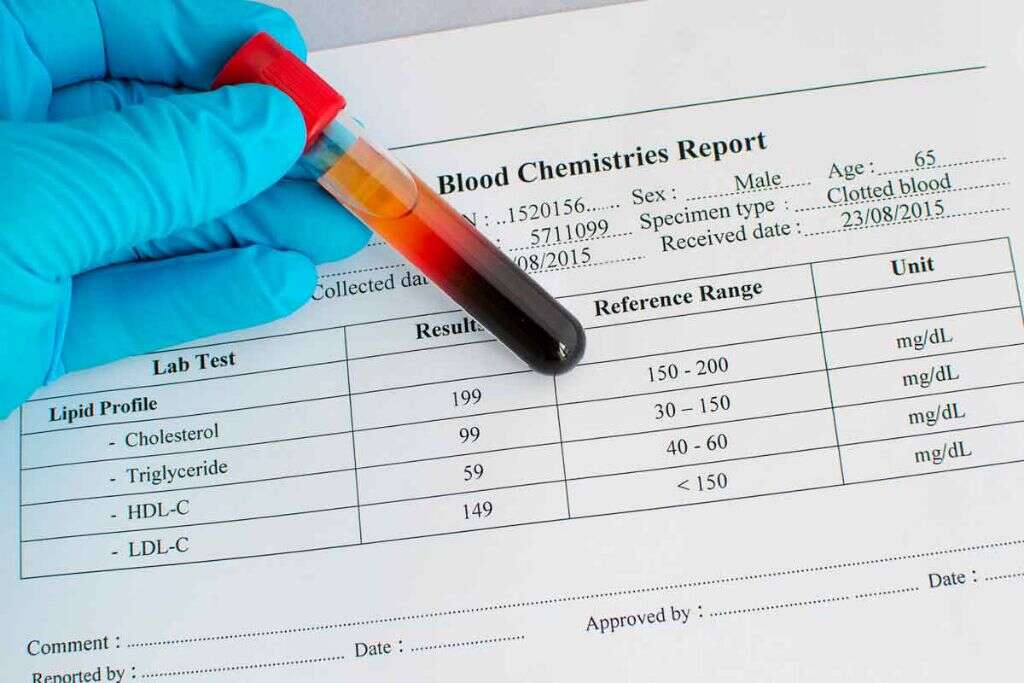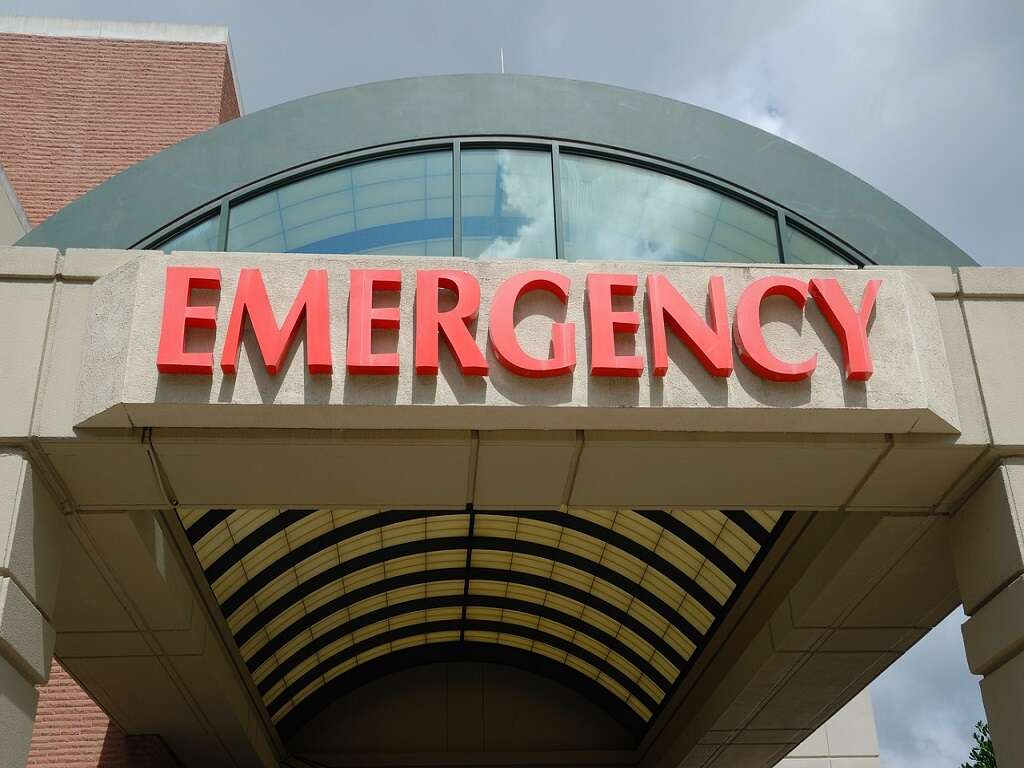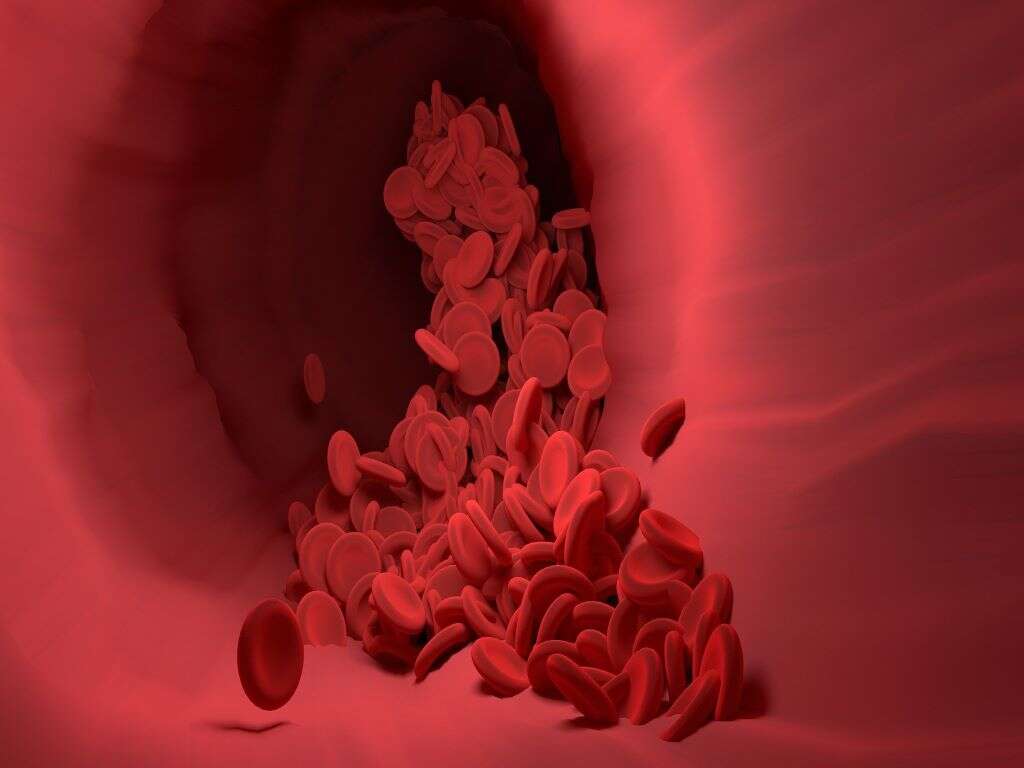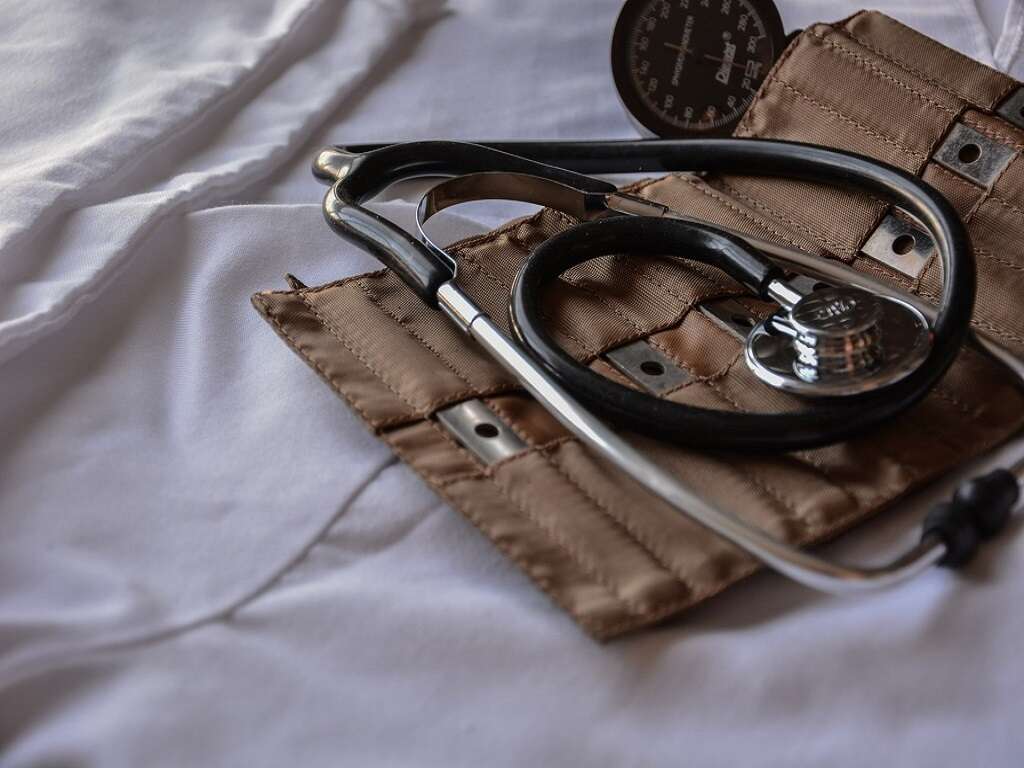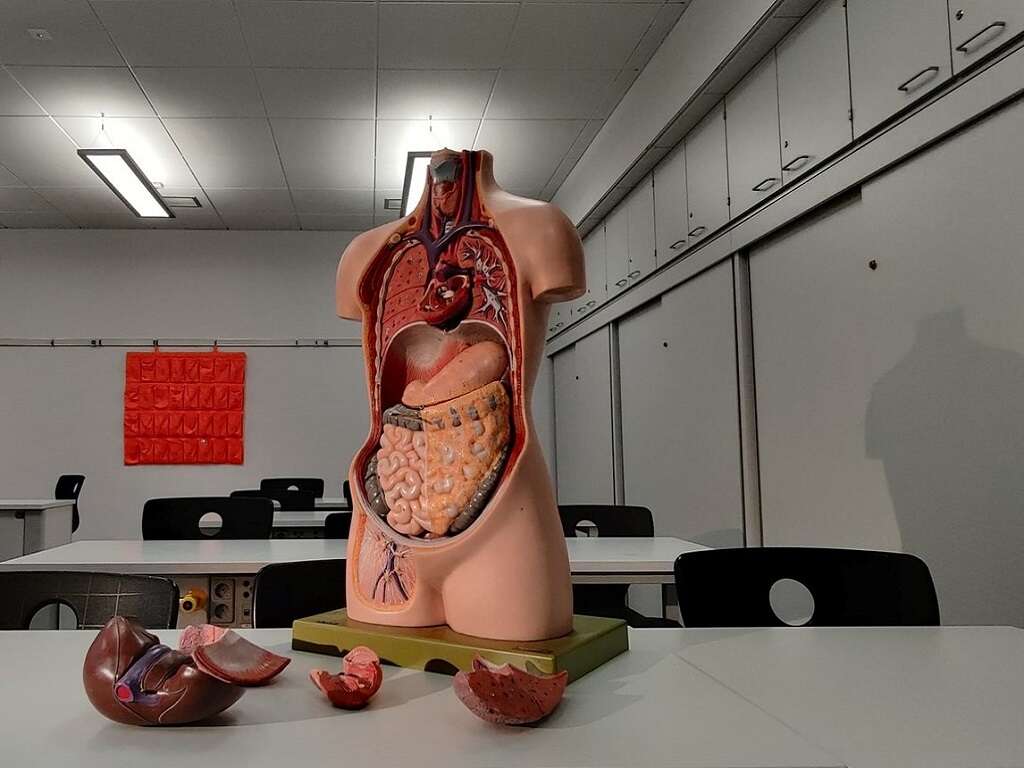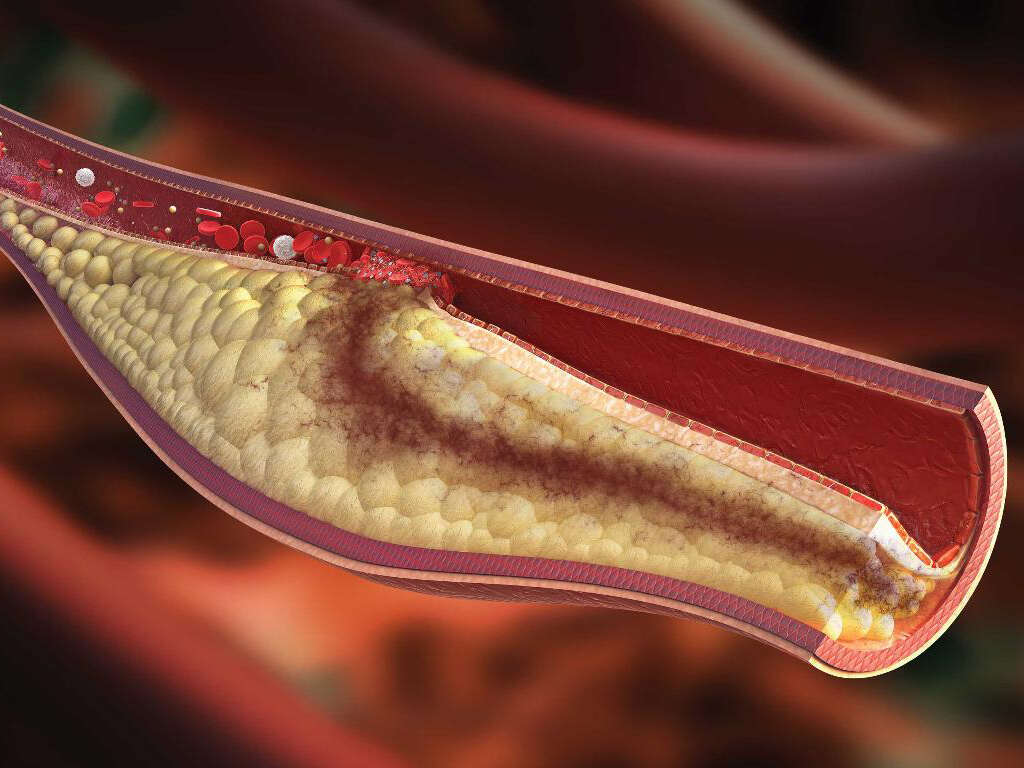What Is Dyslipidemia?
7. How Is Dyslipidemia Diagnosed?
There often are no clear symptoms that accompany dyslipidemia, so diagnosis can often be delayed. However, the sooner you know about elevated lipid levels the sooner you can work to manage them. An early diagnosis may prevent lasting damage to your arteries and heart and may even reduce the risk of stroke. The only way to test for abnormal lipid levels is through bloodwork.
That is why it is so important to have an annual physical that includes blood work. A fasting lipid panel is the best way to establish accurate levels. You will generally be asked to avoid eating or drinking anything before your labs are completed to minimize dietary impacts. In some cases, it may not be necessary, so always follow the advice of your doctor leading up to tests.
Advertisement
